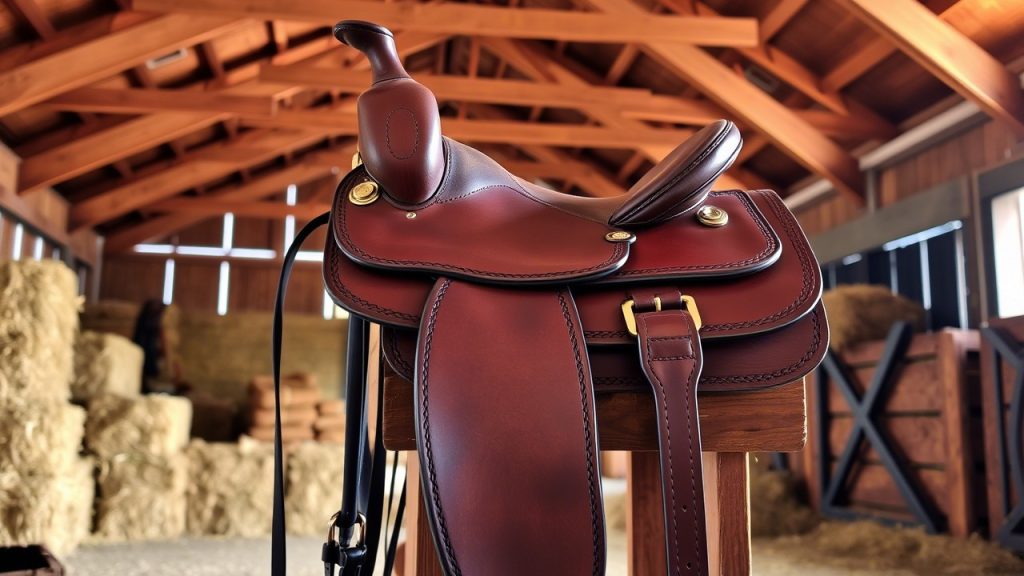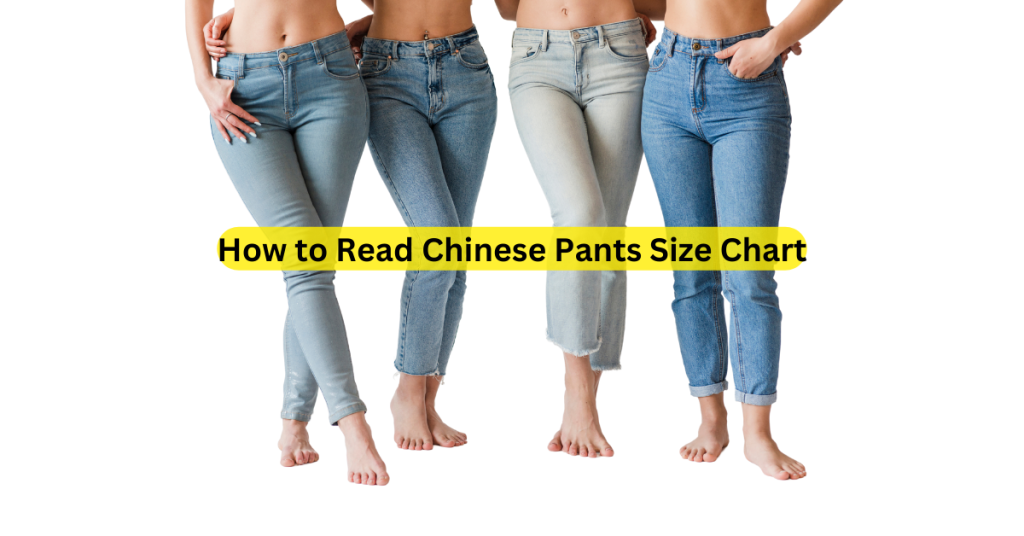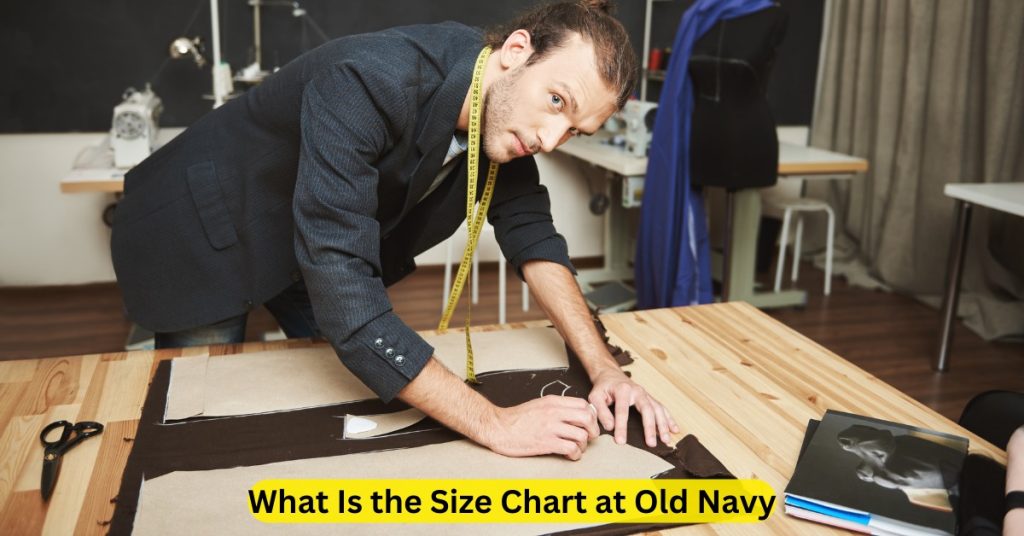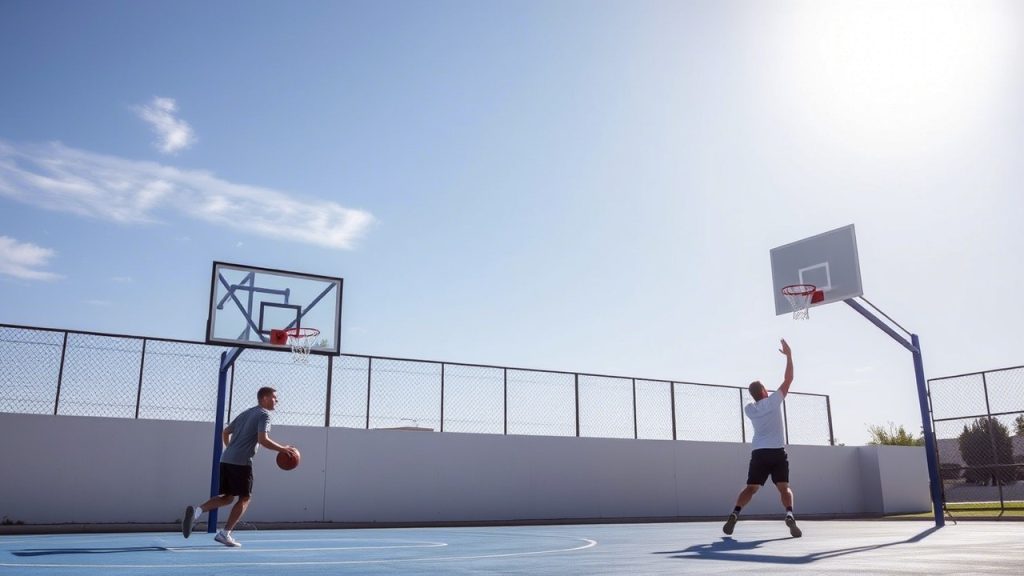Horseback riding is more than a sport it’s a partnership built on trust, communication, and mutual understanding. A well-chosen saddle can significantly enhance this connection, allowing you and your horse to move as one. An ill-fitting or uncomfortable saddle, however, can create barriers, causing discomfort or miscommunication. We’ll explore the 14 best saddles to improve connection with your horse in 1 month, offering practical solutions to deepen your bond and elevate your riding experience.
This blog post is packed with expert insights, actionable tips, and saddle recommendations to foster a stronger connection with your horse. From proper fit to innovative designs, these ideas are designed to deliver noticeable results within 30 days. Whether you’re a trail rider, dressage enthusiast, or casual equestrian, let’s dive in and discover how to strengthen your partnership!
Why Connection with Your Horse Matters
A strong connection with your horse is the foundation of successful riding. It enables clear communication, builds trust, and enhances performance across disciplines. A saddle that supports this connection:
- Ensures comfort for both horse and rider, reducing distractions.
- Promotes proper rider posture for effective aids.
- Allows the horse to move freely, encouraging responsiveness.
- Strengthens trust by minimizing discomfort or pain.
Poor saddle fit or design can disrupt this harmony, leading to resistance, tension, or behavioral issues. By implementing the following 14 saddle ideas, you can address these challenges and build a deeper connection with your horse in just one month. Let’s get started!
1. Schedule a Professional Saddle Fitting
A saddle that fits both you and your horse is essential for clear communication and comfort, the cornerstones of a strong connection.
How to Do It:
- Hire a certified saddle fitter registered with the Society of Master Saddlers (SMS).
- Request a static and dynamic fitting to assess the saddle at rest and in motion.
- Ensure the gullet clears the horse’s spine and the seat size supports your posture.
Why It Improves Connection:
A properly fitted saddle eliminates discomfort, allowing your horse to respond freely to your aids, fostering trust within days.
Pro Tip: Schedule fittings every 6–12 months to accommodate changes in your horse’s conformation.
2. Choose a Dressage Saddle for Precise Communication
Dressage saddles promote a deep, centered seat, enabling subtle aids that enhance communication with your horse.
How to Do It:
- Select a dressage saddle with a deep seat and long flaps, like the Albion SLK Ultima.
- Ensure the saddle supports a straight spine and relaxed pelvis.
- Test for comfort during flatwork to confirm fit.
Why It Improves Connection:
A deep seat allows precise leg and seat aids, improving your horse’s responsiveness and strengthening your bond.
Pro Tip: Use a riser pad to adjust balance if needed for optimal contact.
3. Opt for a Saddle with a Balanced Tree
A balanced saddle tree ensures even weight distribution, allowing your horse to move freely and respond to your cues.
How to Do It:
- Choose a saddle with a tree suited to your horse’s back, like the Bates All Purpose Saddle.
- Confirm tree width and balance with a fitter.
- Check alignment by placing the saddle on your horse without a pad.
Why It Improves Connection:
A balanced tree prevents discomfort, encouraging your horse to engage willingly with your aids.
Pro Tip: Avoid saddles with uneven trees, which can disrupt communication.
4. Use a Saddle with Adjustable Features
Saddles with adjustable gullets or panels adapt to your horse’s changing shape, maintaining comfort and connection over time.
How to Do It:
- Select saddles with systems like the Wintec Easy-Change Gullet System.
- Adjust the gullet to match your horse’s current conformation.
- Consider the Acerugs Premium Black Leather English Saddle for affordability.
Why It Improves Connection:
Adjustable saddles ensure consistent fit, reducing tension and enhancing responsiveness.
Pro Tip: Consult a fitter for precise adjustments to avoid fit issues.
5. Add a High-Quality Saddle Pad
A well-designed saddle pad enhances comfort and stability, supporting clear communication between you and your horse.
How to Do It:
- Choose pads with moisture-wicking fabrics and shock-absorbing foam, like the Mattes Eurofit Saddle Pad.
- Ensure the pad fits both saddle and horse, aligning with the withers.
- Clean pads regularly to prevent irritation.
Why It Improves Connection:
A comfortable pad reduces pressure points, allowing your horse to focus on your cues.
Pro Tip: Groom your horse thoroughly before saddling to avoid friction.
6. Optimize Saddle Flocking
Flocking inside saddle panels affects fit and comfort. Proper flocking ensures even contact, supporting your horse’s responsiveness.
How to Do It:
- Have a fitter adjust flocking to match your horse’s back shape.
- Avoid over- or under-flocking to maintain balance.
- Schedule flocking checks every 6 months.
Why It Improves Connection:
Even flocking eliminates discomfort, encouraging your horse to move freely and respond to aids.
Pro Tip: Consider foam panels for low maintenance, though flocking is more adjustable.
7. Select a Saddle with Premium Materials
Saddles made from high-quality leather or synthetics mold to your body and horse, enhancing comfort and connection.
How to Do It:
- Choose soft, supple leather or UV-resistant synthetics, like the HILASON Flex Tree Western Saddle.
- Ensure the seat supports your pelvis for clear aids.
- Clean materials to maintain grip and comfort.
Why It Improves Connection:
Comfortable materials reduce distractions, allowing you to focus on communicating with your horse.
Pro Tip: Clean synthetics with water first to avoid slipperiness.
8. Try a Treeless Saddle for Close Contact
Treeless saddles conform to your horse’s back, providing a closer feel and enhancing communication.
How to Do It:
- Test a treeless saddle with a fitter to ensure weight distribution, like the Ansur Carlton.
- Pair with a rigid saddle pad for support.
- Monitor your horse’s response during rides.
Why It Improves Connection:
Treeless saddles allow you to feel your horse’s movements, improving cue precision and trust.
Pro Tip: Avoid treeless saddles for heavy riders unless paired with a supportive pad.
9. Incorporate Knee and Thigh Blocks
Saddles with knee and thigh blocks stabilize your legs, enabling consistent aids and reducing tension.
How to Do It:
- Choose saddles with adjustable blocks, like the Pessoa Gen-X Elite Saddle.
- Position blocks to support your natural leg alignment.
- Test for comfort during dynamic gaits.
Why It Improves Connection:
Stable legs deliver clear aids, fostering a responsive and connected partnership.
Pro Tip: Start with smaller blocks if new to using them.
10. Use a General Purpose Saddle for Versatility
General purpose (GP) saddles offer a balanced seat, supporting connection across various disciplines.
How to Do It:
- Select a GP saddle with a moderately deep seat, like the Thorowgood T4 Cob GP Saddle.
- Ensure it fits your horse to avoid discomfort.
- Test for stability during mixed activities.
Why It Improves Connection:
A versatile saddle supports consistent aids, strengthening your bond in diverse settings.
Pro Tip: Adjust flap position for your leg length to enhance contact.
11. Add a Padded Seat Saver
A padded seat saver enhances rider comfort, allowing you to focus on subtle aids and connection.
How to Do It:
- Choose a seat saver with gel or foam padding, like the Toklat CoolBack Seat Saver.
- Ensure it fits securely without slipping.
- Test during a ride to confirm comfort.
Why It Improves Connection:
A comfortable seat reduces rider tension, enabling clearer communication.
Pro Tip: Combine with core exercises for better balance.
12. Practice Preventive Care for Saddle Sores
Saddle sores can disrupt your horse’s comfort, hindering connection. Preventive care ensures a pain-free experience.
How to Do It:
- Groom thoroughly before and after rides to remove dirt and sweat.
- Use antimicrobial treatments like Vetericyn Plus for sores.
- Check tack fit to prevent rubbing.
Why It Improves Connection:
A comfortable horse is more responsive, strengthening your partnership.
Pro Tip: Monitor your horse’s back for heat or swelling after rides.
13. Maintain Proper Rider Posture
Good posture enhances your ability to deliver clear aids, fostering a stronger connection with your horse.
How to Do It:
- Practice “riding on your thigh” to distribute weight evenly.
- Use yoga or Pilates to strengthen your core.
- Ensure the saddle supports an upright position.
Why It Improves Connection:
Proper posture ensures precise aids, improving your horse’s responsiveness.
Pro Tip: Take breaks to stretch during long rides to maintain alignment.
14. Perform Regular Saddle Maintenance
A well-maintained saddle ensures consistent fit and comfort, supporting ongoing connection.
How to Do It:
- Clean and condition leather saddles to maintain suppleness.
- Inspect for wear, like loose stitching or cracked leather.
- Store in a dry, temperature-controlled environment.
Why It Improves Connection:
A maintained saddle provides reliable comfort, reducing distractions during rides.
Pro Tip: Use a saddle cover to protect from dust and scratches.
Additional Strategies to Strengthen Connection
To maximize your saddle’s impact on connection, consider these complementary strategies:
Practice Groundwork
Groundwork builds trust and communication, complementing your saddle’s benefits.
How to Do It:
- Engage in exercises like leading, lunging, or liberty work.
- Focus on clear cues and mutual respect.
- Spend 10–15 minutes daily before riding.
Why It Helps:
Groundwork strengthens your bond, making your horse more responsive in the saddle.
Ride with Intention
Focused riding sessions enhance communication and connection.
How to Do It:
- Set specific goals for each ride, like improving transitions.
- Use consistent aids and reward your horse’s responses.
- Keep sessions short and positive, around 30–45 minutes.
Why It Helps:
Intentional riding reinforces trust and clarity, amplifying saddle benefits.
Monitor Your Horse’s Behavior
Observing your horse’s reactions helps you adjust your saddle and riding style for better connection.
How to Do It:
- Watch for signs of discomfort, like pinning ears or resistance.
- Adjust tack or riding technique based on feedback.
- Consult a trainer if behavioral issues persist.
Why It Helps:
Understanding your horse’s needs strengthens trust and communication.
How to Implement These Ideas in 1 Month
To improve connection within 30 days, follow this plan:
- Week 1: Schedule a professional saddle fitting and test dressage or GP saddles. Add a high-quality saddle pad.
- Week 2: Adjust flocking, incorporate a seat saver, and try a treeless saddle. Start groundwork exercises.
- Week 3: Upgrade to a saddle with premium materials or knee blocks. Practice posture exercises and ride with intention.
- Week 4: Perform saddle maintenance, monitor your horse’s behavior, and continue preventive care for sores.
By combining these strategies, you’ll notice a deeper connection with your horse by the end of the month, with improved responsiveness and trust.
Why These Saddles Work in 1 Month
These saddles and strategies address the key elements of connection: comfort, communication, and trust. A professional fitting and balanced tree eliminate discomfort, enabling your horse to move freely. Deep seats and knee blocks support precise aids, while premium materials and seat savers enhance rider comfort. Groundwork and intentional riding reinforce trust, and regular maintenance ensures ongoing benefits. Together, these elements create a harmonious riding experience, delivering results within 30 days.
Common Barriers to Connection and How Saddles Help
Understanding connection barriers helps you choose the right saddle:
- Discomfort: Causes resistance or tension. Proper fit and quality pads ensure comfort.
- Poor Rider Posture: Disrupts aids. Deep seats and posture exercises promote alignment.
- Restricted Movement: Limits responsiveness. Balanced trees and treeless saddles allow freedom.
- Lack of Trust: Hinders communication. Groundwork and preventive care build confidence.
The saddles recommended here target these issues, fostering a stronger partnership.
FAQs About Saddles and Horse Connection
1. How do I know if my saddle is affecting my connection with my horse?
Signs include resistance, tension, or discomfort. A professional fitter can assess fit and its impact on communication.
2. Are dressage saddles best for improving connection?
Dressage saddles are excellent for precise aids, but GP or treeless saddles also support connection across disciplines.
3. Can a saddle pad enhance connection?
Yes, a high-quality pad reduces pressure, keeping your horse comfortable and responsive.
4. How often should I check saddle flocking for connection?
Check flocking every 6 months or after conformation changes to maintain comfort and responsiveness.
5. Do treeless saddles improve connection?
Treeless saddles provide closer contact, enhancing cue precision, but require proper padding for support.
6. How can I prevent saddle sores to maintain connection?
Groom thoroughly, ensure proper fit, and use antimicrobial treatments to keep your horse comfortable.
7. Do knee blocks help with connection?
Yes, they stabilize your legs, enabling clear and consistent aids for better communication.
8. How does rider posture affect connection?
Poor posture disrupts aids, causing confusion. Proper saddle fit and core exercises ensure clear communication.
9. How much does a professional saddle fitting cost?
Costs range from $100–$300, depending on the fitter and region. Contact SMS-registered fitters for quotes.
10. Can I improve connection without a new saddle?
Yes, adjusting flocking, adding a seat saver, and practicing groundwork can enhance connection with your current saddle.
Conclusion
A strong connection with your horse transforms every ride into a joyful partnership. By choosing one of the 14 best saddles to improve connection with your horse in 1 month, you can build trust, enhance communication, and enjoy a deeper bond. From professional fittings to treeless saddles and groundwork, these solutions are practical, effective, and designed for quick results.
Ready to connect with your horse like never before? Start with a saddle fitting, explore supportive saddles, and commit to intentional riding. Your horse will reward you with responsiveness and trust. Share your favorite connection tips in the comments below, and happy riding!





